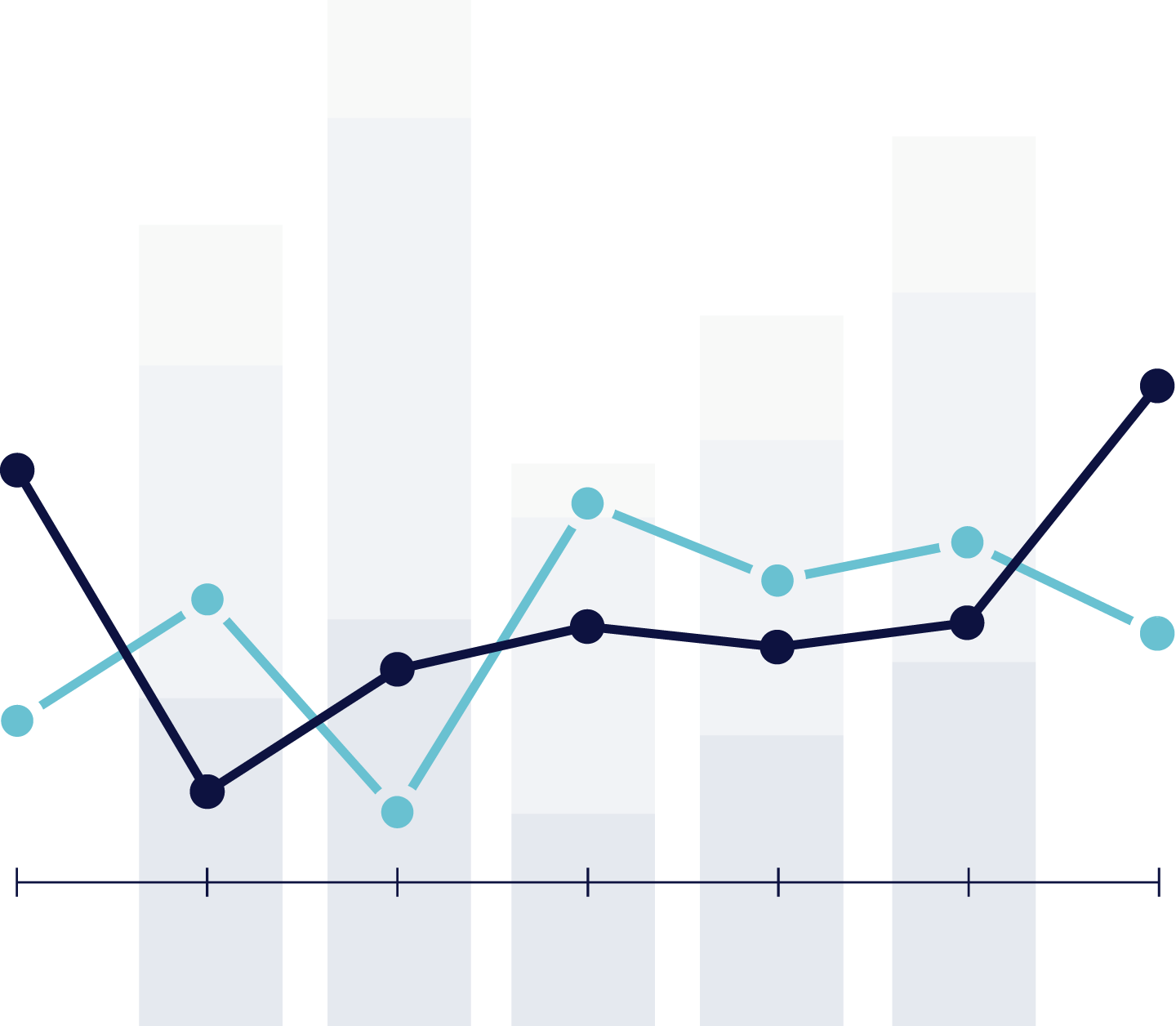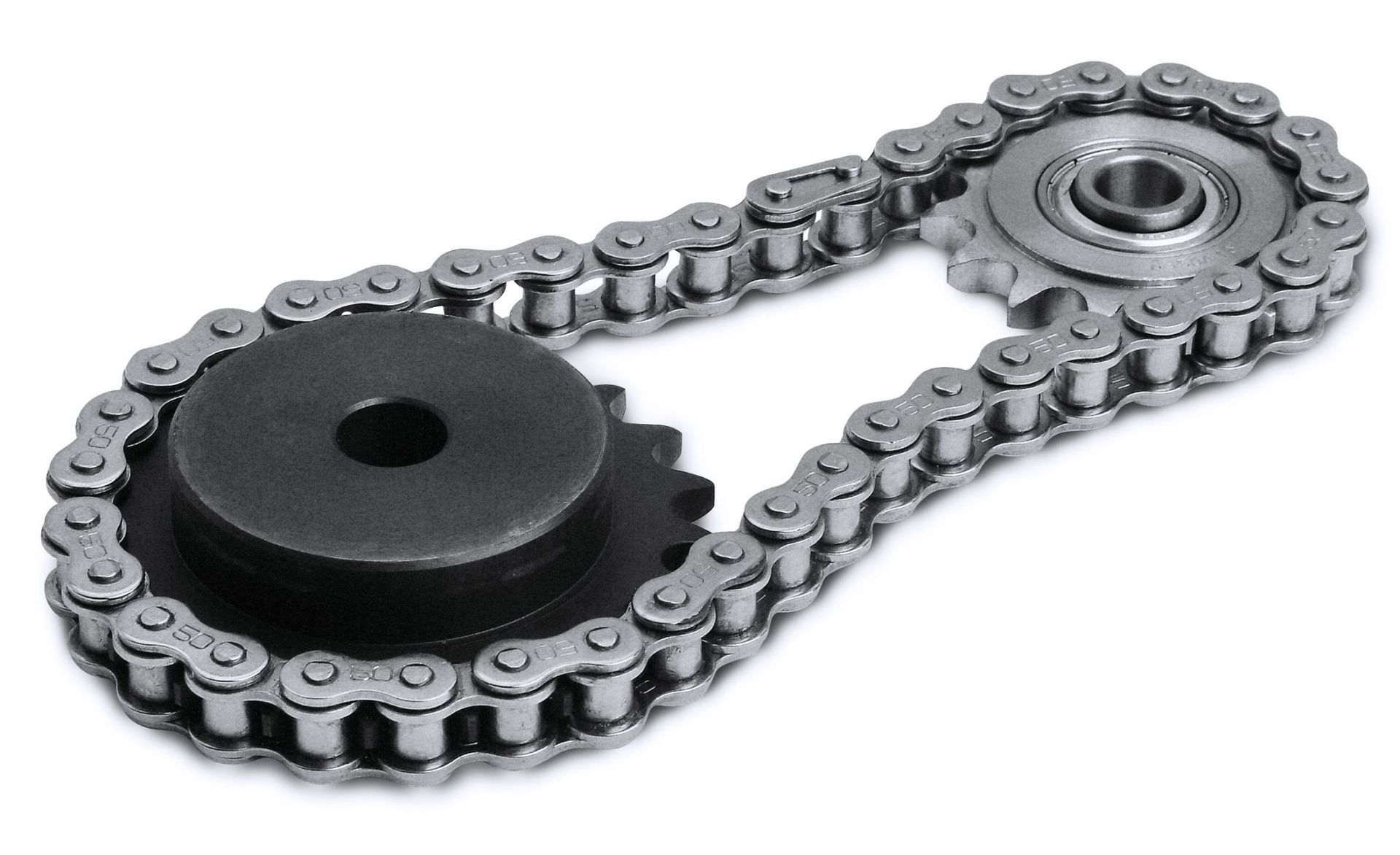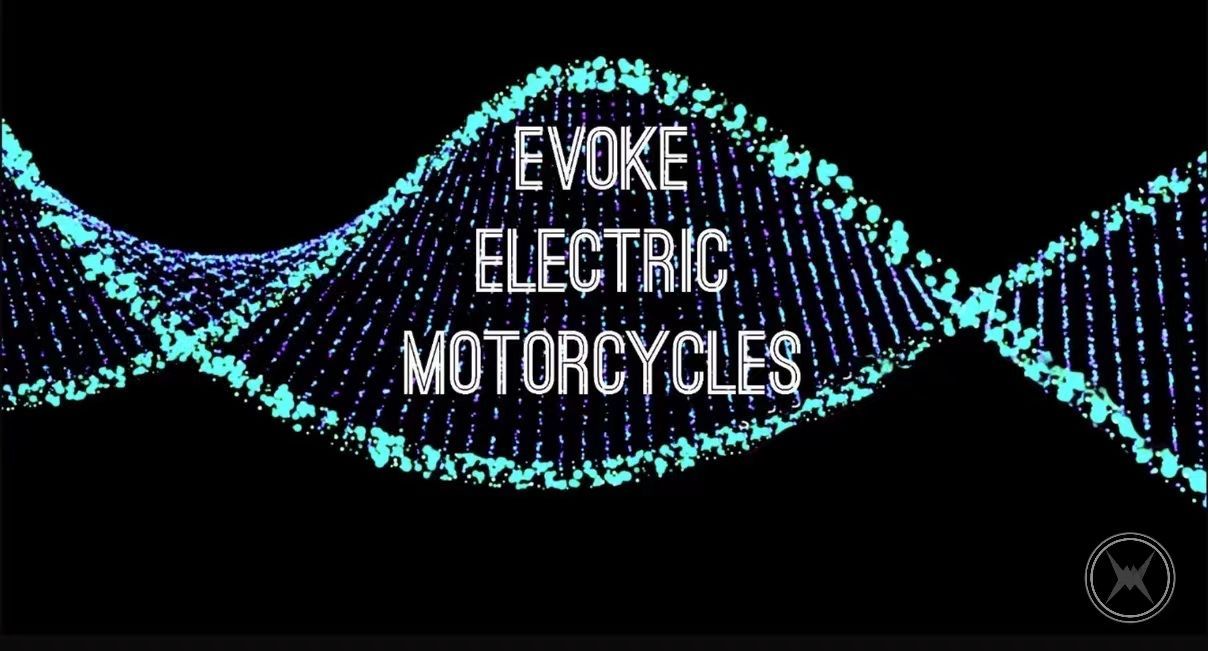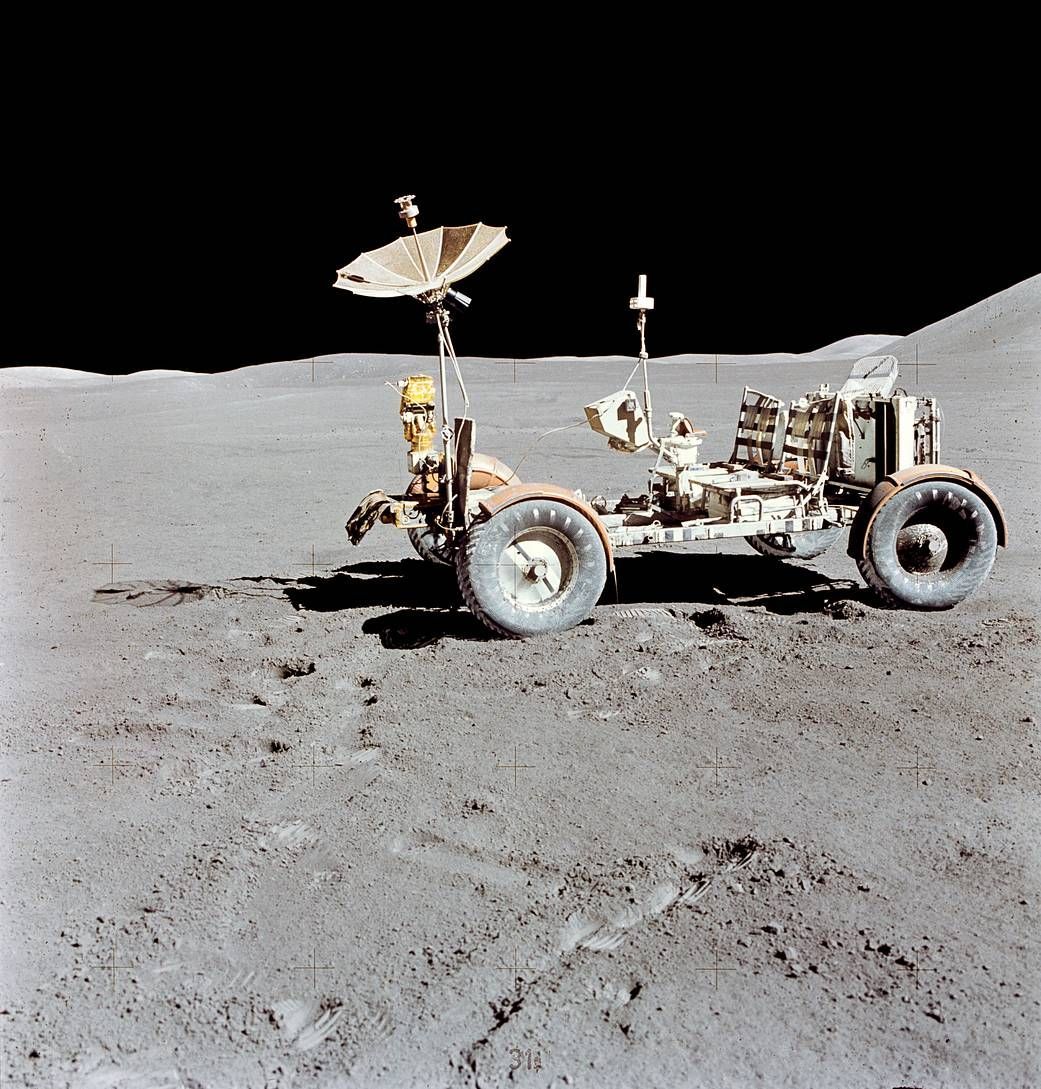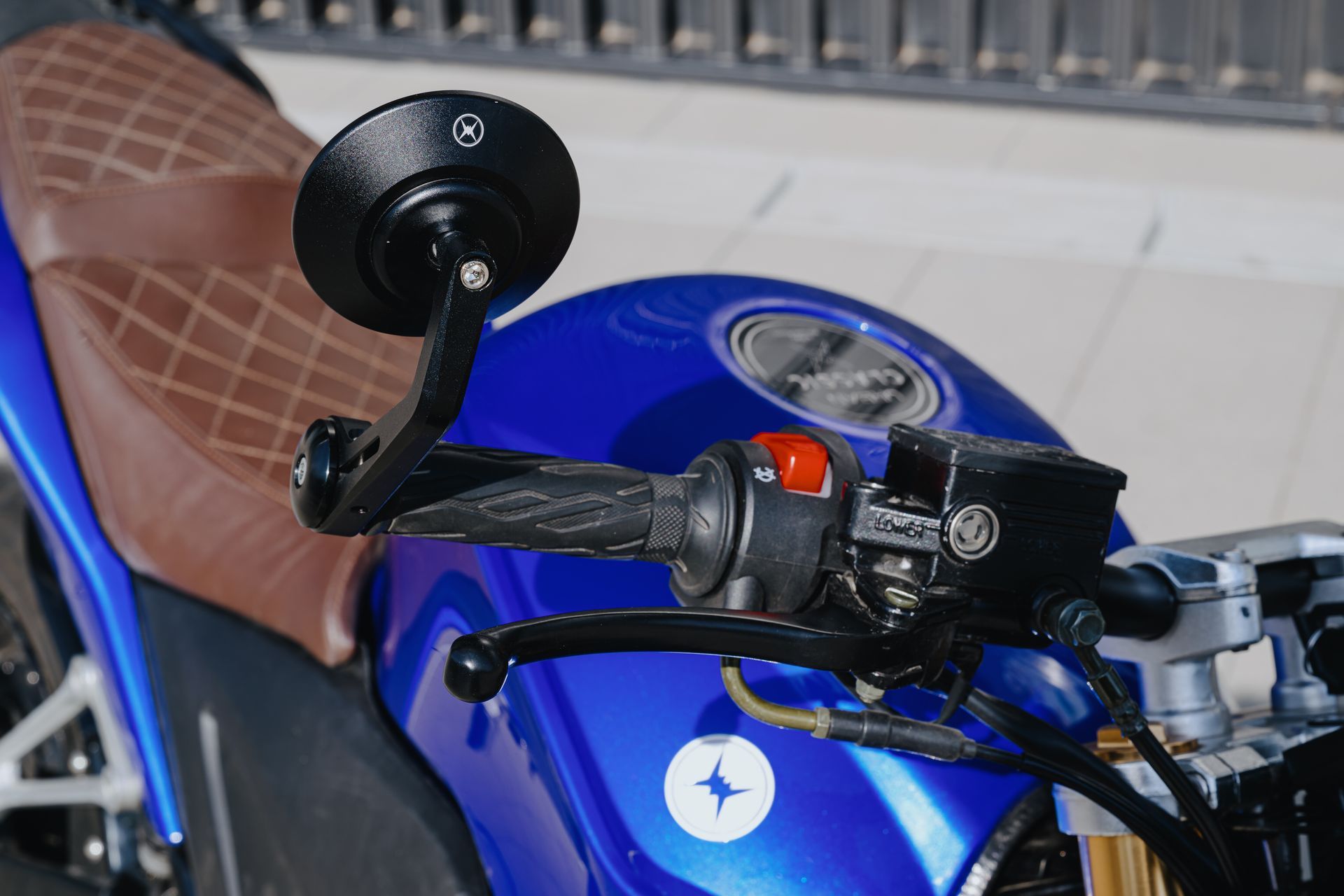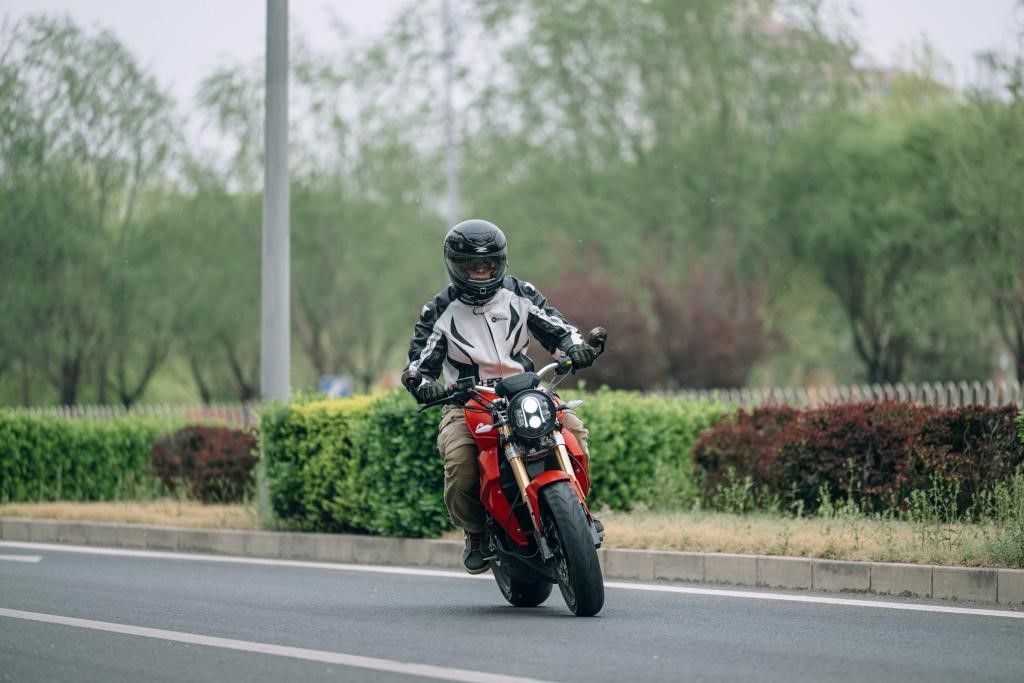6 Reasons EV Motorcycles Can't Charge in Sub-Zero Temperatures
This is a subtitle for your new post
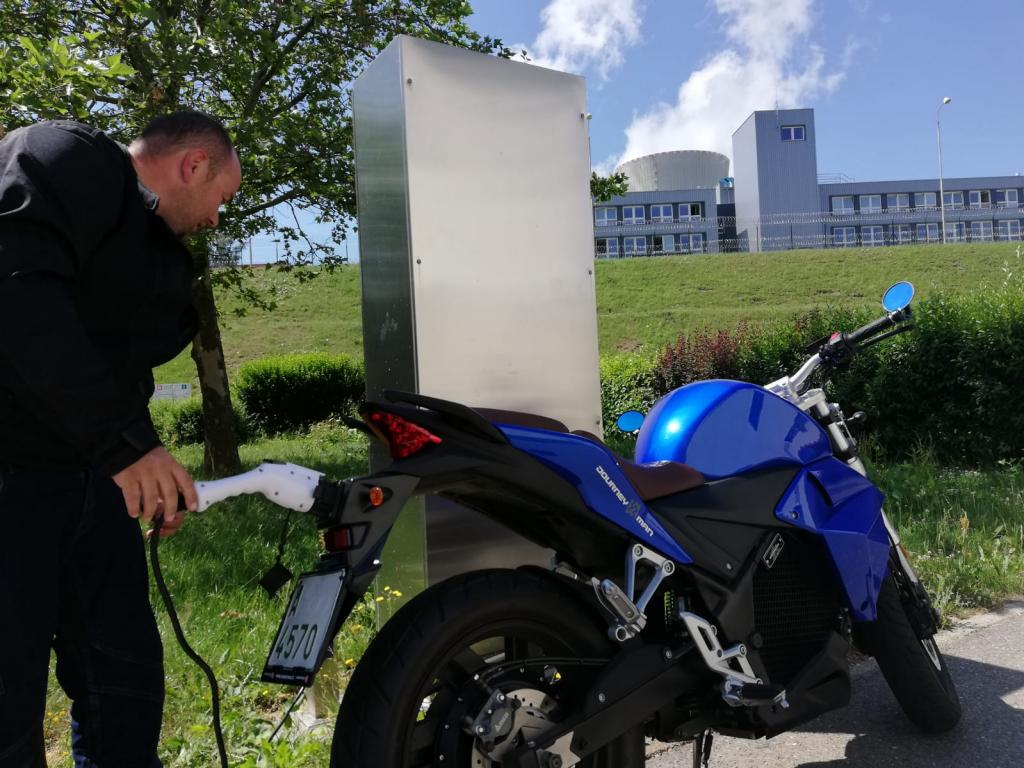
Cold weather can have a huge impact on your electric motorcycle, particularly on range. Batteries work harder to maintain heat levels on in cold weather, which drains more energy.
A report from the American Automobile Association (AAA) found that freezing temperatures of 7°Celcius and below cause a 41% drop in performance in long-range mileage. EV range can depend on several factors, one of which is the charge on your battery. When the weather approaches sub-zero temperatures, one thing you should prepare for is your battery not charging.
Here's why your EV motorcycles won't charge in sub-zero temperatures

1. Battery Temperature Limits
Electric motorcycles often use lithium-ion batteries with high energy and power density that allow them to perform well in different areas. However, the temperature can significantly impact its performance. Lithium-ion batteries have an safe operating temperature range of −20 °C ~ 60 °C and a safe charging temperature of 0 °C to 45 °C.
When the temperature falls below the range, chemical reactions slow down. When this happens, the battery cannot hold and deliver power. In some instances, it may not even charge at all.
2. Cold Battery Resistance
In sub-zero temperatures, cold battery resistance increases, resulting in a voltage drop in the charging circuit. This causes a reduction in the charging current, making it harder for electricity to flow through the battery. The battery may take longer to charge or fail to charge.
If you're wading through water, you'll notice how it's much harder to walk through as the water gets colder due to the resistance you feel as you walk. The same thing happens on your electric motorcycle's battery. The flow of electric current is met with more resistance, making it more challenging to charge or provide power to an electric vehicle.
3. Charger Temperature Limits
Aside from the battery, the electric charger’s temperature limit is one reason why your EV won’t charge in colder weather. Ideally, a lithium-ion battery can undergo fast charging from 5°C to 45°C. If the temperature drops below 5°C, the charging current must be reduced. For safety reasons, no charging should happen at freezing temperatures because of reduced diffusion rates on the anode.
Some advanced chargers prevent lithium-ion charging below freezing temperatures; when temperatures become too low, the charger fails to function or shuts down completely
4. Frozen Charging Port
In sub-zero temperatures, the charging port of an electric motorcycle may become frozen, making it impossible to connect the charging cable. This can happen due to moisture entering the port and freezing.
5. Battery Management System
An electric motorcycle's battery management system (BMS) constantly monitors the battery's state of charge, temperature, and voltage. In sub-zero temperatures, the BMS may not function correctly, resulting in the battery not accepting a charge.
6. Reduced Capacity
Cold temperatures reduce the range of an electric motorcycle. If the bike has been ridden in cold weather, the battery may not have enough capacity left to accept a full charge. Generally speaking, temperatures lower than -20°C Fahrenheit are too cold for an electric bike to be ridden in, while temperatures below 0° C are too cold to store your e-bike in. Freezing temperatures will negatively affect battery range and performance.
Follow EV Motorcycle Charging Best Practices
Sub-zero temperatures can have a significant impact on the ability of an electric motorcycle to charge. It is essential to keep the battery and charger within their safe temperature ranges. Remember to protect the charging port from freezing and understand the limitations of the battery and charging system in cold weather conditions.
